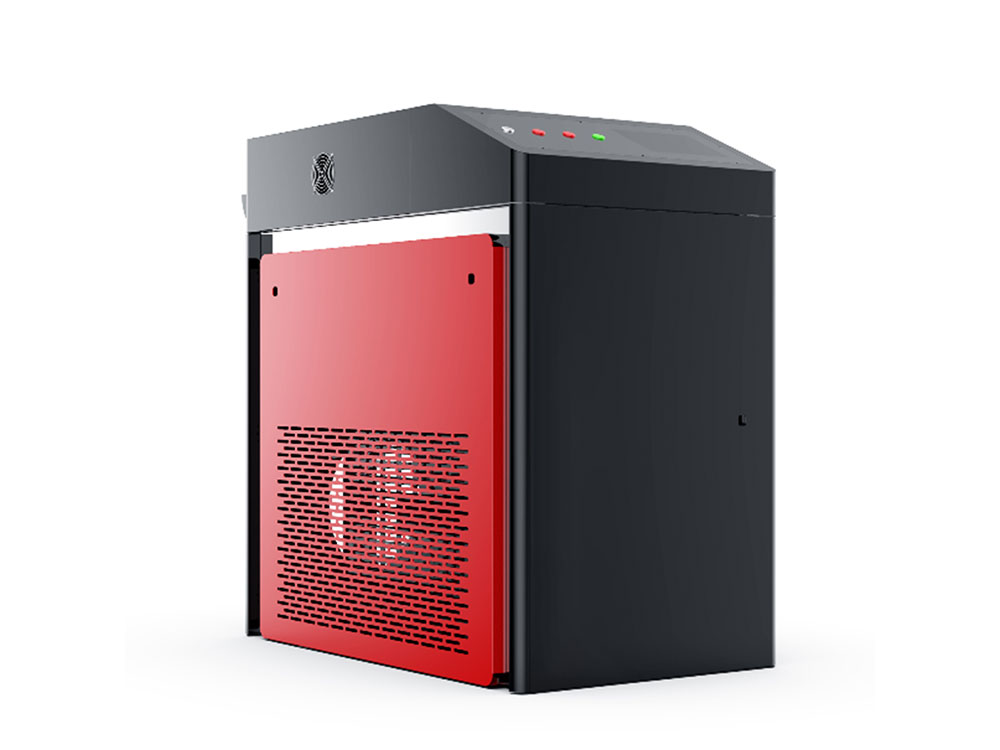Laser welding has become a pivotal technology in precision manufacturing due to its numerous advantages. Laser welding is a high-precision technique that utilizes a focused laser beam to join materials together by melting the workpieces. This advanced process is known for its speed, precision, and minimal heat-affected zone, making it ideal for various industries, including automotive, aerospace, and electronics manufacturing. In this article, we will delve into the capabilities of 1500W laser welding machine and 1000 watt laser welder, exploring their applications and benefits.
1500W laser welding machine power and efficiency
Laser welding offers exceptional precision, allowing for the joining of very small and intricate components with minimal distortion. The focused laser beam generates a very small heat-affected zone, reducing the risk of thermal distortion and damage to surrounding materials. This is particularly important for materials that are sensitive to heat.Laser welding can be performed at high speeds, significantly increasing production efficiency. Laser welding produces strong and clean welds with minimal contamination. Laser welding is compatible with a wide range of materials, including metals, plastics, and even dissimilar materials.
The 1500w laser welder represents the cutting edge of laser technology, offering unparalleled power and efficiency. With a higher wattage, these machines can handle a wider range of materials and thicknesses, making them suitable for heavy-duty applications.
- Material Compatibility: Capable of welding metals such as stainless steel, aluminum, and titanium, the 1500W machine is a versatile tool for various industries.
- Speed and Precision: The high power output allows for faster welding speeds and more precise control over the weld pool, resulting in stronger and more consistent welds.
- Energy Efficiency: Despite its high power, the 1500w laser welder is designed to be energy-efficient, reducing operational costs for businesses.

Applications of the 1500W Laser Welder
- Automotive Industry: Used for welding car body parts, exhaust systems, and other high-strength components.
- Aerospace: Ideal for joining aircraft components that require high strength and precision, such as wing structures and engine parts.
- Medical Devices: Employed in the manufacturing of delicate medical instruments where precision and cleanliness are paramount.
1000W laser welding machine can be a versatile choice
While not as powerful as its 1500W counterpart, the 1000 watt laser welder is a highly versatile and cost-effective solution for many applications.
- Material Compatibility: Effective for welding thinner materials and is commonly used for stainless steel, mild steel, and some aluminum alloys.
- Precision and Control: Offers excellent control over the welding process, making it suitable for intricate and delicate welds.
- Cost-Effective: With a lower power output, the 1000 watt laser welder is often more affordable, making it an attractive option for businesses with budget constraints.
Applications of the 1000 Watt Laser Welder
- Jewelry Making: Perfect for precision welding in the creation of intricate jewelry designs.
- Consumer Electronics: Used for assembling small components in smartphones, tablets, and other electronic devices.
- Art and Design: Artists and designers utilize laser welders for creating unique and detailed metal art pieces.
The difference between 1500w laser welding machine and 1000 watt laser welder
A 1500w laser welding machine and a 1000 watt laser welder differ primarily in their power output, which affects their performance and application suitability.
- Power Output:The 1500W laser welding machine has a higher power output compared to the 1000W laser welder. This means it can potentially weld thicker materials or work at faster speeds than its lower-powered counterpart.
- Welding Speed:With more power, the 1500W machine can generally achieve higher welding speeds, which could be beneficial in a production environment where efficiency is key.
- Material Thickness:A higher power laser can typically penetrate thicker materials, so the 1500W machine might be more suitable for thicker metals or alloys compared to the 1000W model.
- Energy Consumption:The 1500W machine will consume more energy when operating at full power compared to the 1000W unit, which may affect operational costs.
- Precision:While both machines can offer precision, the control over the power output and beam quality are crucial for precision welding. Sometimes, a lower power setting can provide better precision for fine, detailed work.
- Maintenance and Cooling:Higher power lasers often require more robust cooling systems and maintenance routines, which could add to the overall cost and complexity of operation.
Both the 1500W laser welding machine and the 1000 watt laser welder represent the future of welding technology. As industries continue to demand higher quality and precision, these machines are poised to play a crucial role in meeting those needs. Whether for heavy industrial applications or delicate artistic creations, the power and precision of laser welding technology are unmatched.As the technology continues to advance, the possibilities for innovation and efficiency in the welding industry are limitless.


Send Us A Message